Solutions
Teams
Built for your whole team.
Industries
Trusted by all verticals.
Mediums
Measure any type of ad spend
Platform
Use Cases
Many Possibilities. One Platform.
AI and Automation
The Always-on Incrementality Platform
Teams
Built for your whole team.
Industries
Trusted by all verticals.
Mediums
Measure any type of ad spend
Use Cases
Many Possibilities. One Platform.
AI and Automation
The Always-on Incrementality Platform
Understanding Marketing Inefficiencies
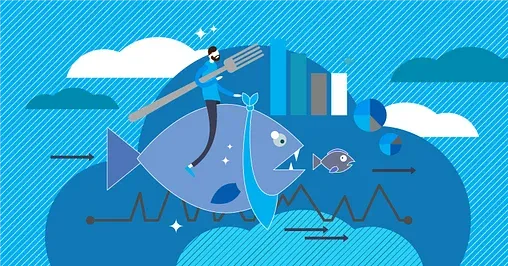
Paid Media cannibalization is a term used to describe marketing results being attributed to advertising activities, whilst the same results would be achieved without advertising.
Cannibalization is the number one reason for advertising budget waste.
Paid Media Cannibalization is an elephant in the room. While we can all agree it is there (impacting the marketing results we see) - we have no way to recognize how big the elephant is.
Marketing Attribution Platforms provide Advertisers with a deduplicated view of their marketing channels. A deduplicated view means that each conversion is attributed to one source receiving credit for having generated the conversion.
In reality, media vendors and advertising platforms reach the same users. The user base overlap between media vendors and advertisers is high. This leads to a situation where Advertising results are interpreted as being “caused” by whichever media vendor won the attribution. This is the main reason for Cannibalization.
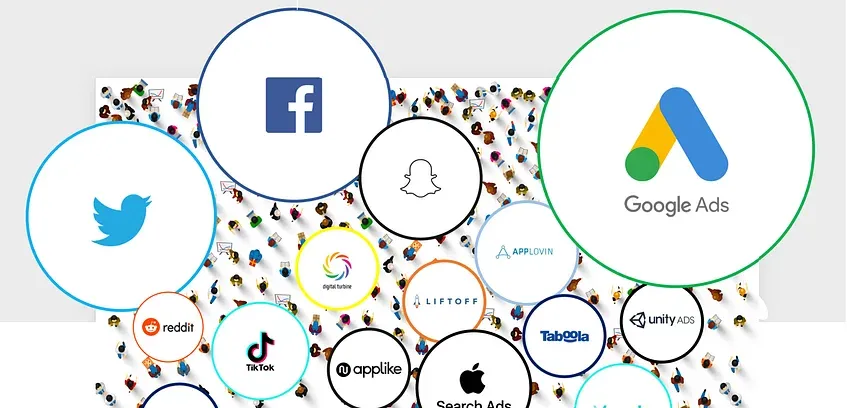
There are practically no advertising campaigns without some kind of a performance goal. Whether if it is higher conversion rate, lower customer acquisition costs, or even directly measuring Return Over Advertising Spend (ROAS).
Advertisers have become increasingly comfortable with sharing customer activities with their media vendors, for the sake of optimization.
The trouble comes from the fact that media vendors are naturally incentivized to show Advertisers good results , which ends up resulting in the media vendors’ optimization engine targeting users that are very likely to already convert on their own.
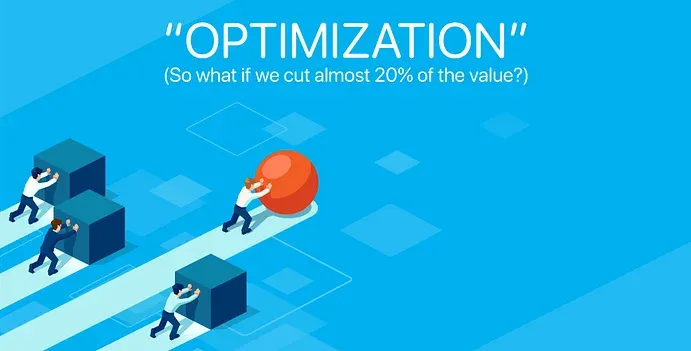
Similar, yet different, to the point above.
Media platforms, Ad Networks - represent the interests of the media owner, and the media owner’s way to maximize their own revenue is by increasing eCPM or yield.
For this to happen, a media platform must use technology in a strategic way to get the media value higher. When Advertisers judge media value based on attribution data, media platforms are almost always incentivized to leverage this by targeting the users that are most likely to convert, by so, wasting as little ad inventory as possible or demanding higher CPM prices for the media.

Most Marketers use Return Over Ad Spend (ROAS) as one of the main KPIs to measure Advertising success. The logic is sound: If the revenue gained are higher than the ad spend used to acquire customers - the investment was beneficial. Most would assume that positive ROAS means incremental ROI. But ROAS does not mean incremental ROI. Especially when relying on traditional attribution methods.
It is very much possible that attribution reporting will show a media provider as generating positive ROAS, while in reality, if the paid media campaign results are cannibalizing organic conversions, the media provider is actually reducing the total ROI!
Since this one is a little bit complicated, we recommend you read these two articles:
If you stopped Advertising, would sales go down to 0 instantly ? probably not.
Does that mean that advertising had no impact over sales ?
Marketing activities influence your own marketing performance. META.
The efficiency of your own marketing activities is greatly influenced by your marketing activities, and a campaign that produced incremental results in the past, may now receive credit for organic results, due to the campaign superb performance.

One method would of course be to stop Advertising. 😬
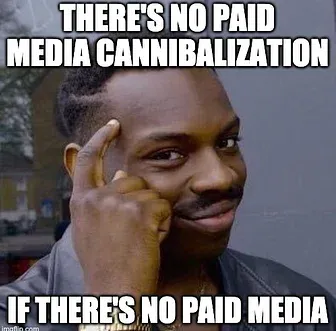
there is a better way: Incrementality Measurement
Incrementality measurement measures VALUE, not traffic. While using an algorithmic approach, relying on attribution data, measuring incrementality allows an understanding of what is the true value campaigns generate, if any at all.
If a new vendor is launched, affecting the behaviour of organic and/or other media vendors, an incrementality platform should be able to detect this and provide marketers with actionable insights.
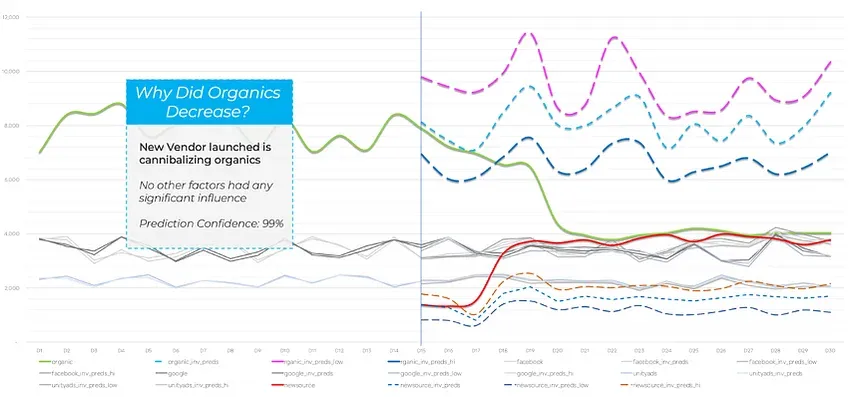
Until recently, incrementality measurement could only be done using blackouts (i.e. stopping campaigns, or stopping all advertising activity in a specific country). Thanks to the innovation in machine learning and AI, we can now offer continuous incrementality measurement without the need for any special action taken by the marketer.
Marketers can select the campaigns or channels they want to measure, and the incrementality measurement engine will provide a result within seconds.
INCRMNTAL is an incrementality measurement platform showing you which activities are incremental and which are cannibalizing your marketing results. The platform works with any attribution provider including Adjust, Appsflyer, Branch.io, Kochava, Singular, and SKadNetwork to bring you actionable insights.
If you want to learn more, visit INCRMNTAL or book a demo today!

Maor is the CEO & Co-Founder at INCRMNTAL. With over 20 years of experience in the adtech and marketing technology space, Maor is well known as a thought leader in the areas of marketing measurement. Previously acting as Managing Director International at inneractive (acquired by Fyber), and as CEO at Applift (acquired by MGI/Verve Group)